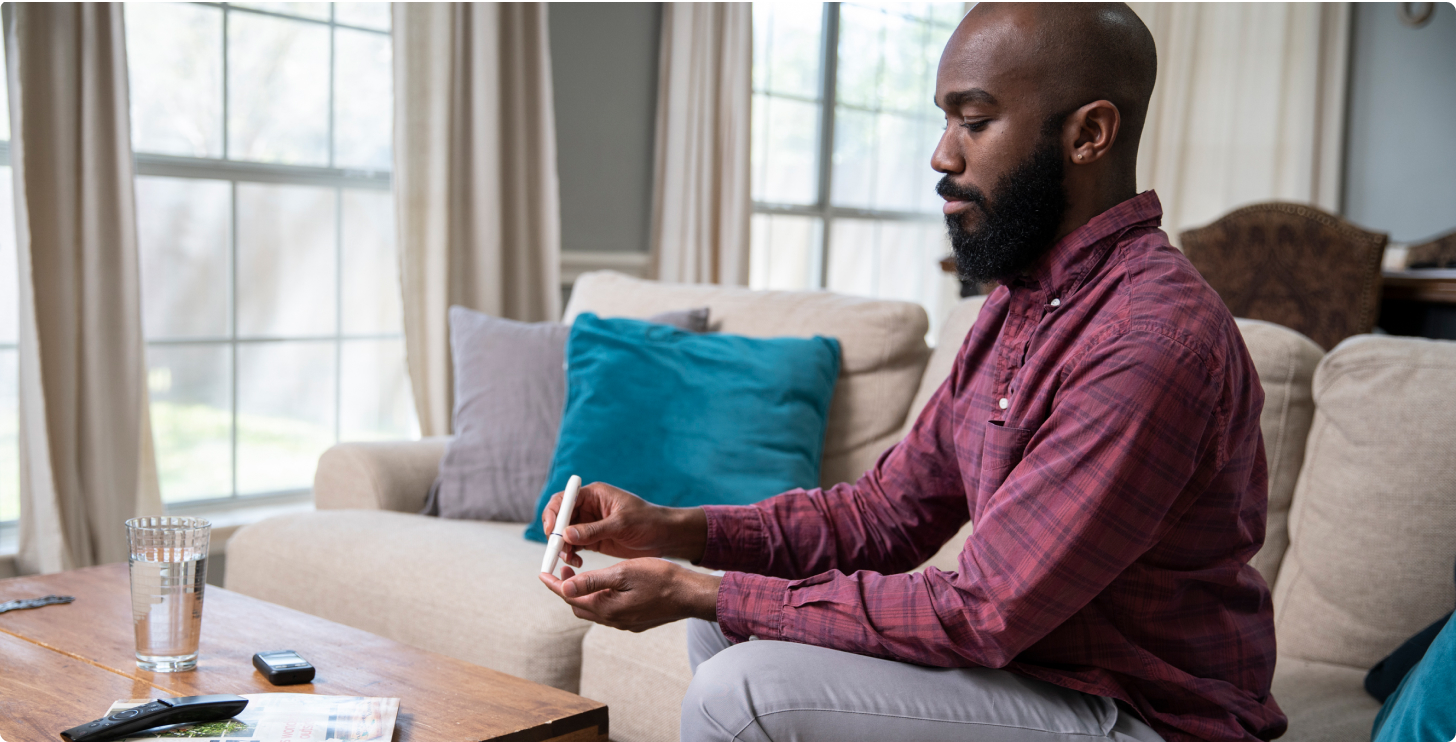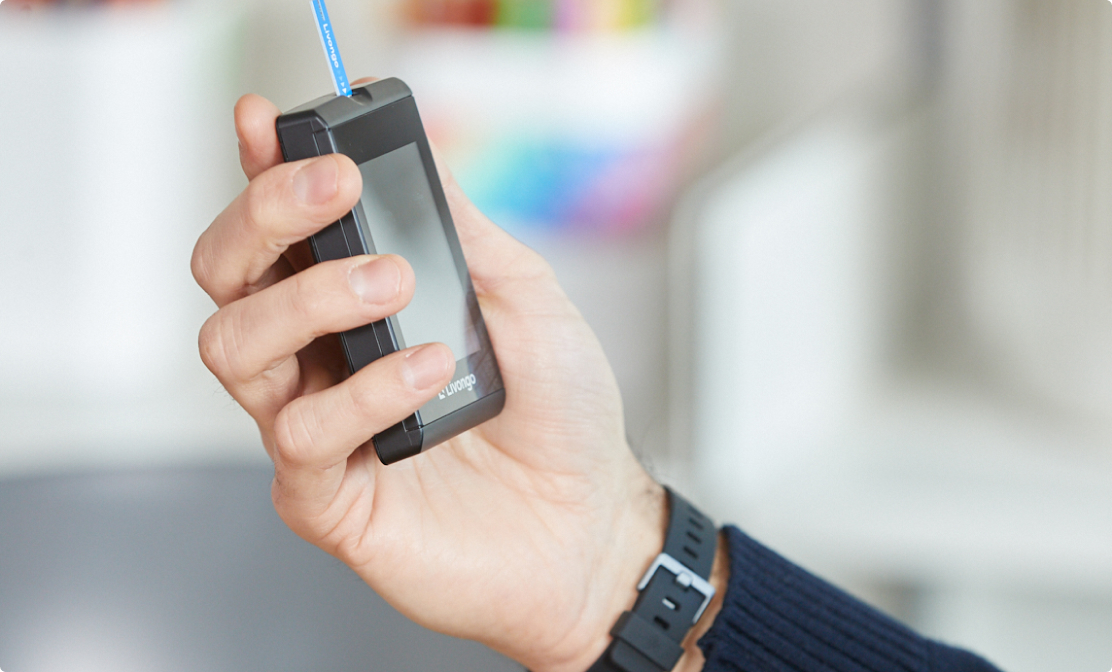Diabetes
Programs and resources to help you better understand, manage and prevent diabetes.

Helping you take charge of your health
More than 30 million Americans have diabetes. That’s about one in every 10 adults. Through a variety of programs and resources, we’re committed to helping you manage diabetes and take an active role in your health.
What is diabetes?
Diabetes occurs when your body is unable to use sugar in the blood. Sugar in the blood comes from the foods that we eat. This is also called blood glucose. Insulin, an important hormone made by the pancreas, allows sugar from food to turn into energy for your cells.
When you have diabetes, your body doesn’t produce enough insulin or the insulin that is produced is not able to move sugar in your cells, so it remains in the bloodstream.
Over time, diabetes can increase your risk for serious health conditions, including heart disease, blindness, kidney failure and even amputations.
Diabetes is more common than you may know
There are different types of diabetes
Prediabetes occurs when someone’s blood sugar levels are higher than normal but not high enough to be classified as diabetes. If you have prediabetes, there is a chance, with diet and exercise changes, that you can stop your body’s progression to fully diagnosed diabetes.
Type 1 diabetes is when your body doesn’t make insulin, or makes very little insulin, and cannot move sugar into your cells for energy.
Type 2 diabetes is when you have some insulin, but your body does not use or make insulin properly to move sugar into your cells for energy. This is the most common type of diabetes.
Gestational diabetes develops in some women when they are pregnant. Most of the time, it goes away after your baby is born. However, having it gives you a greater chance of developing type 2 diabetes later in life.
Risk Factors
Some people have diabetes without showing any signs or symptoms in the early stages. That’s why it’s important to know your risk factors for type 2 diabetes and see your doctor regularly for blood glucose tests.
- Age: Risk for diabetes increases with age, especially after age 45
- Ethnicity: Diabetes is more common in people of African American, Alaskan Native, Native American, Asian American, Hispanic or Pacific Islander American descent
- History of gestational diabetes: Having this condition during pregnancy increases the risk for developing type 2 diabetes later in life
- Being overweight or obese: Body Mass Index (BMI) greater than 25
- Increased waist circumference: Greater than 40 inches for males and 35 inches for females
- Inactive lifestyle: Greater risk if physically active less than 3 times a week
- Diagnosed with prediabetes: May progress to diabetes without lifestyle changes
Treatment
While there is no cure for diabetes, it can be managed. Talk to your doctor about which treatments, or combination of treatments, are right for you.
- Work with a registered dietician to develop a healthy meal plan
- Exercise at least 30 minutes a day, 5 days a week
- Lose weight for a healthy BMI
- Eat smaller portions
- Follow USDA ChooseMyPlate guidelines—fill half your plate with healthy fruits & vegetables, a quarter with protein & a quarter with whole grains
- Monitor your blood sugar before meals
- Take prescribed oral medication, insulin or a combination as directed by your doctor
- A1c test 2 to 4 times a year
- Annual dilated eye exam
- Annual foot exam
Get a free advanced blood glucose meter and more
Members with diabetes can get an advanced blood glucose meter, free unlimited test strips and lancets, plus one-on-one support at no out-of-pocket costs with the Diabetes Management Program by Livongo®.
Learn More
Members living with diabetes can receive one glucose meter kit at no cost through the Diabetic Meter Program. If you’re eligible you can call us at 855-582-2024, Monday through Friday, from 9 a.m. to 7 p.m., Eastern time to order your free glucose meter kit. The types of glucose meter kits available through the program are subject to change, and you will need a prescription from your doctor for the test strips and lancets that you’ll use with the meter.

.jpg)






